Have you heard of Bowen Therapy for dogs? It was once a popular holistic treatment for humans that’s making a comeback helping dogs heal from injuries, pain and mobility problems. The hands-on therapy has an outstanding success rate.
Table of Contents[Hide][Show]
I first learned about Bowen Therapy or Canine Bowen Technique (CBT) when a pet mom contacted me about her disabled dog.
She wrote, “My cockapoo is walking again, after our veterinarian suspected herniated discs. He couldn’t use his hind legs, at all. What really helped was Bowen Therapy. It relieved his pain and improved his mobility.”
Note: Some of the links in this article are affiliate links. As an Amazon Associate, I earn from qualifying purchases.
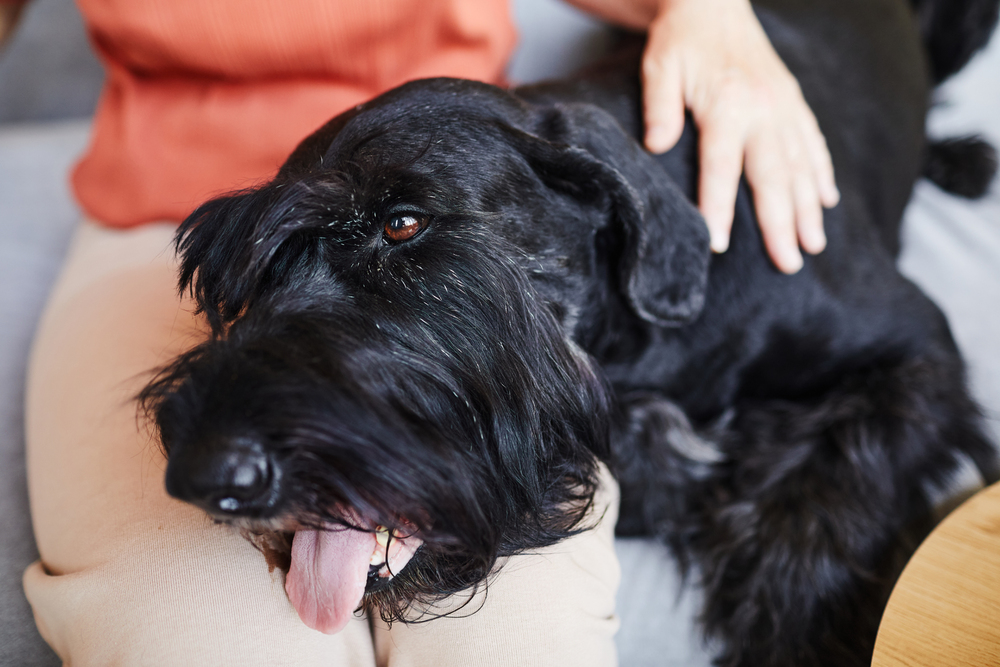
What is Bowen Therapy for dogs?
Bowen Therapy is a holistic form of physical therapy that uses a soft, gentle touch to repair damaged tissues, muscles, ligaments and tendons. It’s a treatment that targets a dog’s whole body, rather than fix a particular disease or medical condition.
Practitioners use their fingers and thumbs to lightly rub targeted points all over a dog. On the surface, the movements look like a massage, but they actually enable nerve receptors to relax, heal and re-balance. The technique gets the brain and spine communicating with each other.
When done correctly, the technique generates a vibration in an injured area that enables it to heal quickly.
History of Canine Bowen Technique (CBT)
The Bowen technique began as a holistic treatment for humans in the 1950s. It was created by an Australian therapist named Tom Bowen who noticed that certain gentle movements over the muscles, ligaments and tendons, helped people heal quickly. He developed a technique of gentle touch and massage that glides over a person’s body.
Bowen perfected the technique so well that patients needed only one to three sessions, to feel better. The therapy became so popular in Australia, it’s estimated that Bowen performed about 13,000 treatments a year, and had an 80% -85% success rate.
In 2001, Ron and Sally Askew, two canine behaviorists and dog trainers from the UK adapted Bowen’s therapy for horses and dogs. The treatment has been growing ever since.
How it works:
- Gentle Stimulation: The therapist uses fingers or thumbs to apply gentle pressure and rolling motions over specific points on the dog’s body.
- Pause and Rest: After each set of movements, there is a pause to allow the dog’s body to process the treatment and begin healing. This helps activate the parasympathetic nervous system, which is responsible for rest and recovery.
- Minimal Intervention: Bowen therapy is non-invasive and does not force the body to respond. Instead, it encourages the body to correct imbalances on its own.

Benefits for dogs with mobility problems:
- Pain Relief: Bowen therapy can help reduce pain and discomfort in dogs with arthritis, hip dysplasia, neck injuries, Degenerative Myelopathy, Spondylosis, digestive problems, spine problems and more. Most dogs feel relief after only three sessions.
- Improved Mobility: By addressing muscle imbalances and releasing tension in the fascia, Bowen therapy can help improve a dog’s range of motion, making it easier for them to move and walk.
- Reduced Inflammation: The therapy can stimulate circulation and lymphatic drainage, helping to reduce inflammation around joints and muscles, which is particularly beneficial for dogs with mobility problems.
- Enhanced Healing: Bowen therapy supports the body’s natural healing processes, which can be beneficial for dogs recovering from surgery or injury.
- Stress Reduction: The gentle nature of Bowen therapy can help reduce stress and anxiety, which can be particularly helpful for dogs in pain or those who have developed fear-related behaviors due to their mobility issues.
Overall, Bowen Therapy is a supportive and non-invasive treatment option that can improve the quality of life for dogs with mobility problems.
How Bowen compares with Myofascial Release and at-home canine Physical Therapy
In the past, I’ve written about two other forms of rehab that pet owners can do at home or with a trained bodywork specialist:
- Myofascial release
- Physical therapy

Get the Essential Guide
The Essential Guide of Products for Handicapped Dogs e-book is a labor of love for me. I wrote it to answer your most pressing questions about where to find the best products for your wheelchair dog. You’ll find products you didn’t know existed and each will improve your dog’s quality of life. Print a copy and keep it by your side.
Myofascial release
Myofascial release is a treatment that works with a dog’s muscles or “myo” and “fascia,” the connective tissue that surrounds the muscles. Therapists apply gentle and prolonged hand pressure to stretch and gently manipulate an injured area. Stretching the tissue allows the area to heal and for mobility to improve.
You can read our at-home lesson plan here: Myofascial Release for Dogs Lesson Plan
Physical Therapy
Physical therapy for dogs with spine problems can be a huge benefit to increase mobility, improve strength and maintain overall health.
The treatment is so popular that exercises have expanded to treat specific problems such as:
- Arthritis
- Intervertebral Disc Disease (IVDD)
- Spine injury
- Recovery after spine surgery
- Degenerative Myelopathy
- Hind end weakness
- Neurological problems
- FCE strokes
Learn more about at-home PT here: 9 Dog Physical Therapy Exercises You Can Do At-Home
Physical therapy supplies for your home
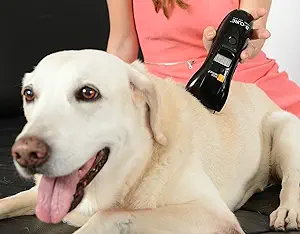
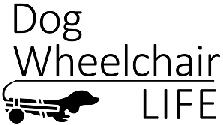

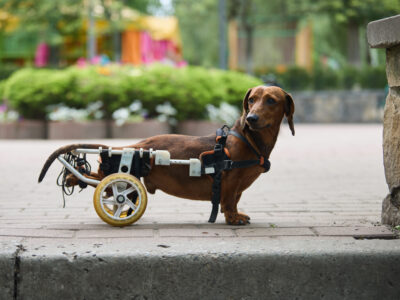
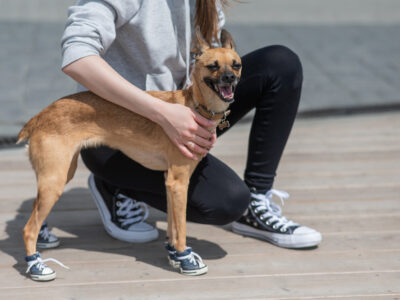

Leave a Reply